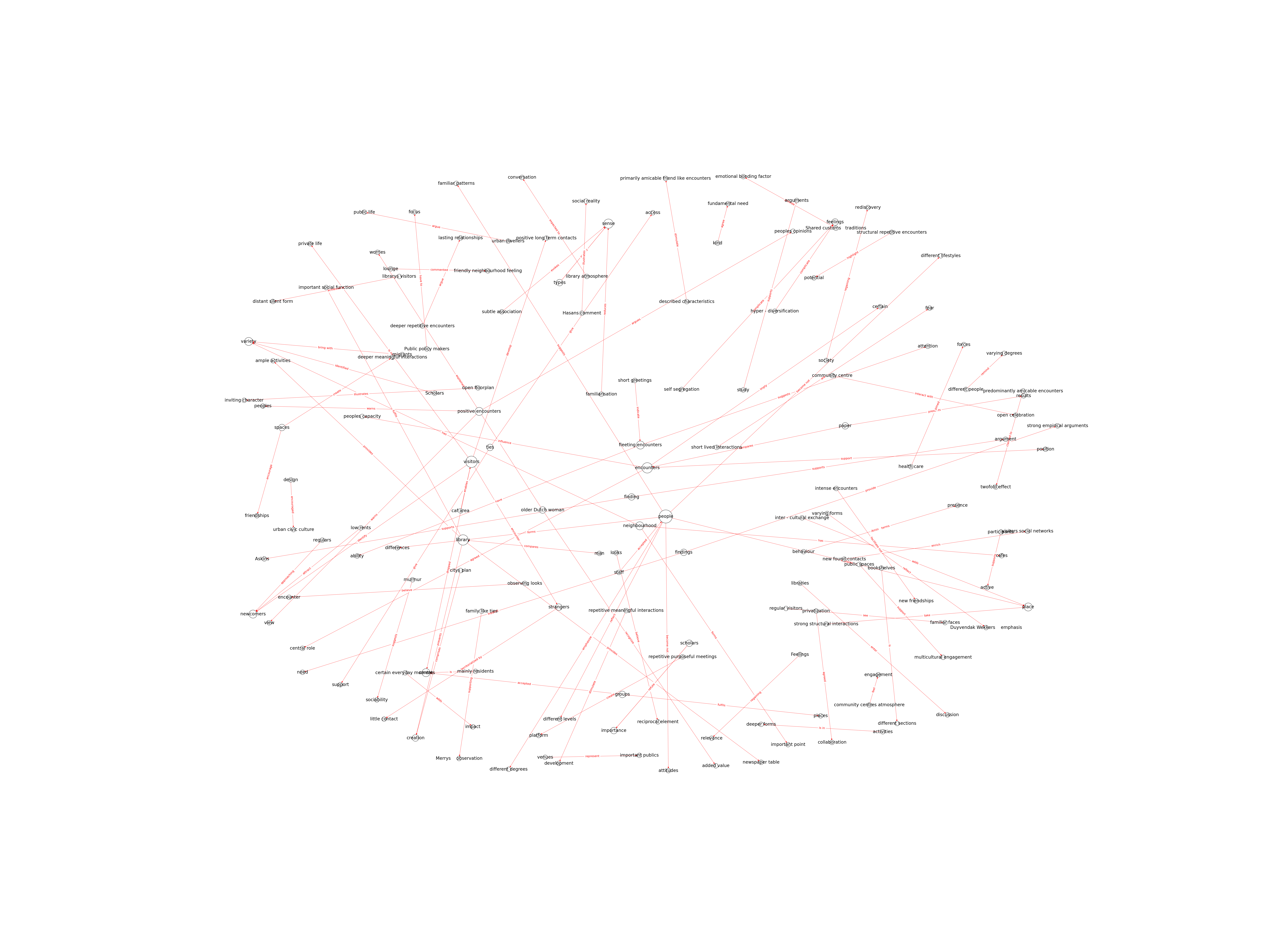| Id | 673 | |
| Author | Peterson M. | |
| Title | Living with difference in hyper-diverse areas: how important are encounters in semi-public spaces? Vécu de la différence dans les quartiers hyper-divers : importance des rencontres dans les espaces semi-publics El vivir con lo diferente en zonas excesivamente diversas: ¿cuán importantes son los encuentros en espacios semi-públicos? | |
| Reference | Peterson M.; Living with difference in hyper-diverse areas: how important are encounters in semi-public spaces? Vécu de la différence dans les quartiers hyper-divers : importance des rencontres dans les espaces semi-publics El vivir con lo diferente en zonas excesivamente diversas: ¿cuán importantes son los encuentros en espacios semi-públicos? ;Social and Cultural Geography vol:18.0 issue: 8.0 page:1067.0 |
|
| Keywords | community; encounters; fleeting; home; Living with difference; public familiarity |
|
| Link to article | https://www.scopus.com/inward/record.uri?eid=2-s2.0-84978741630&doi=10.1080%2f14649365.2016.1210667&partnerID=40&md5=b4d0c5207bffe679025050473d24f23f |
|
| Abstract | Urban populations increasingly diversify in their socio-economic, cultural, religious and linguistic profiles as well as in their lifestyles, attitudes and activity patterns. This hyper-diversification can complicate feelings of belonging and community. Since diversity is negotiated at the neighbourhood level, micro spaces are central in building communities. Micro spaces tend to be semi-public and stimulate diverse groups to intermingle, which results in on–off as well as repetitive and structural interactions. Understanding the creation and impact of encounters is central to capturing contemporary notions of belonging and living with difference. This paper compares encounters experienced in two semi-public spaces in the hyper-diverse neighbourhood of Feyenoord in Rotterdam, the Netherlands. Although encounters at the library were lighter and shorter than at the community-centre, all positively impact collective life in the neighbourhood. At the community-centre, encounters result in light as well as deeper relationships, making visitors feel more at ‘home’ because they recognize others elsewhere in the neighbourhood. At the library, encounters are lighter but visitors become familiar with diversity, making them feel more at ‘home’ and safe in their neighbourhood as well. The study suggests that fleeting encounters require more serious attention within the context of negotiating diversity. © 2016 The Author(s). Published by Informa UK Limited, trading as Taylor & Francis Group. |
|
| Metodology | Technique |

Note: Due to lack of computing power, results have been previously created and saved in database


